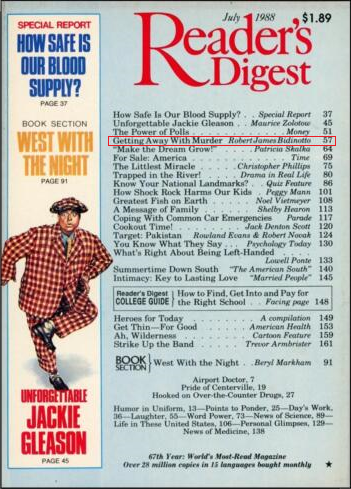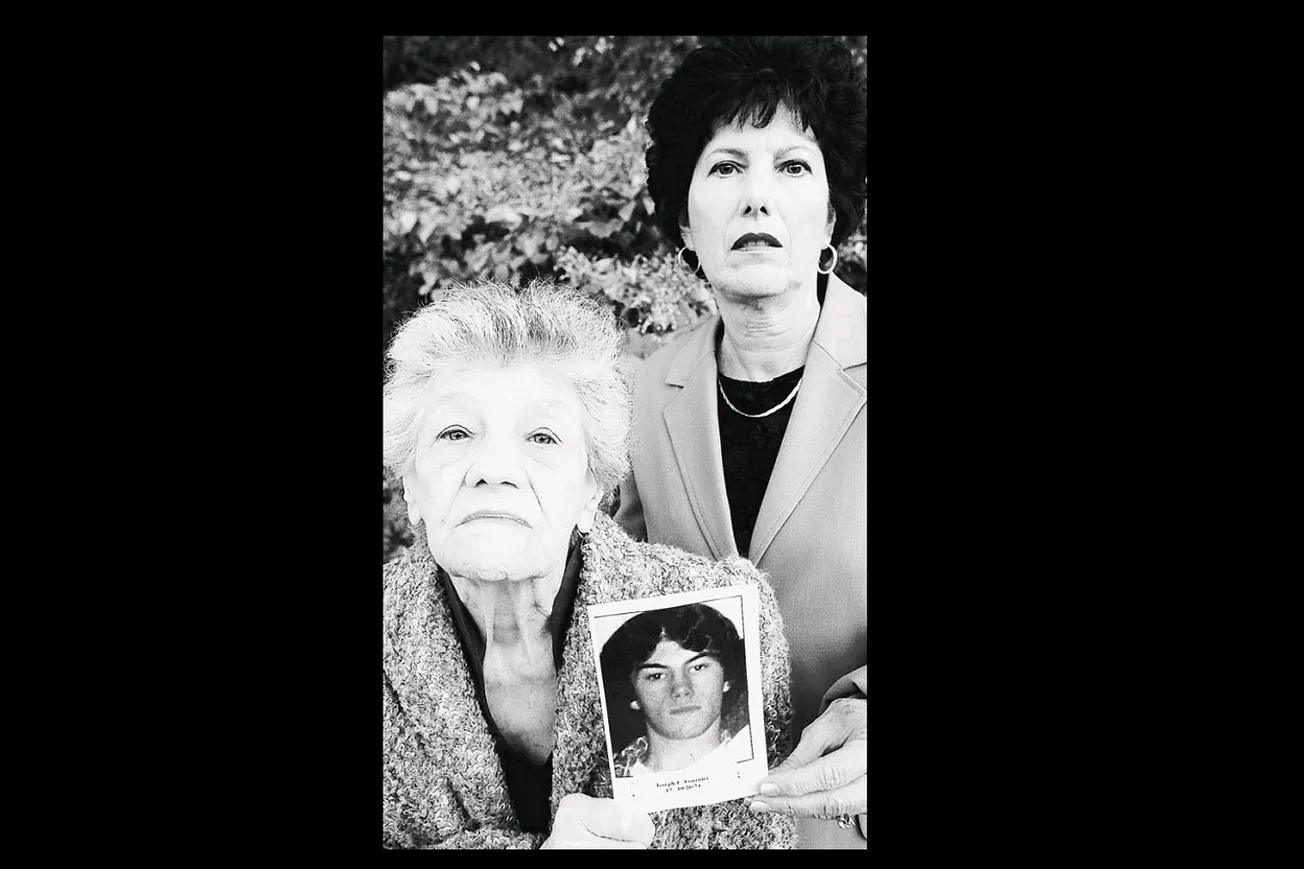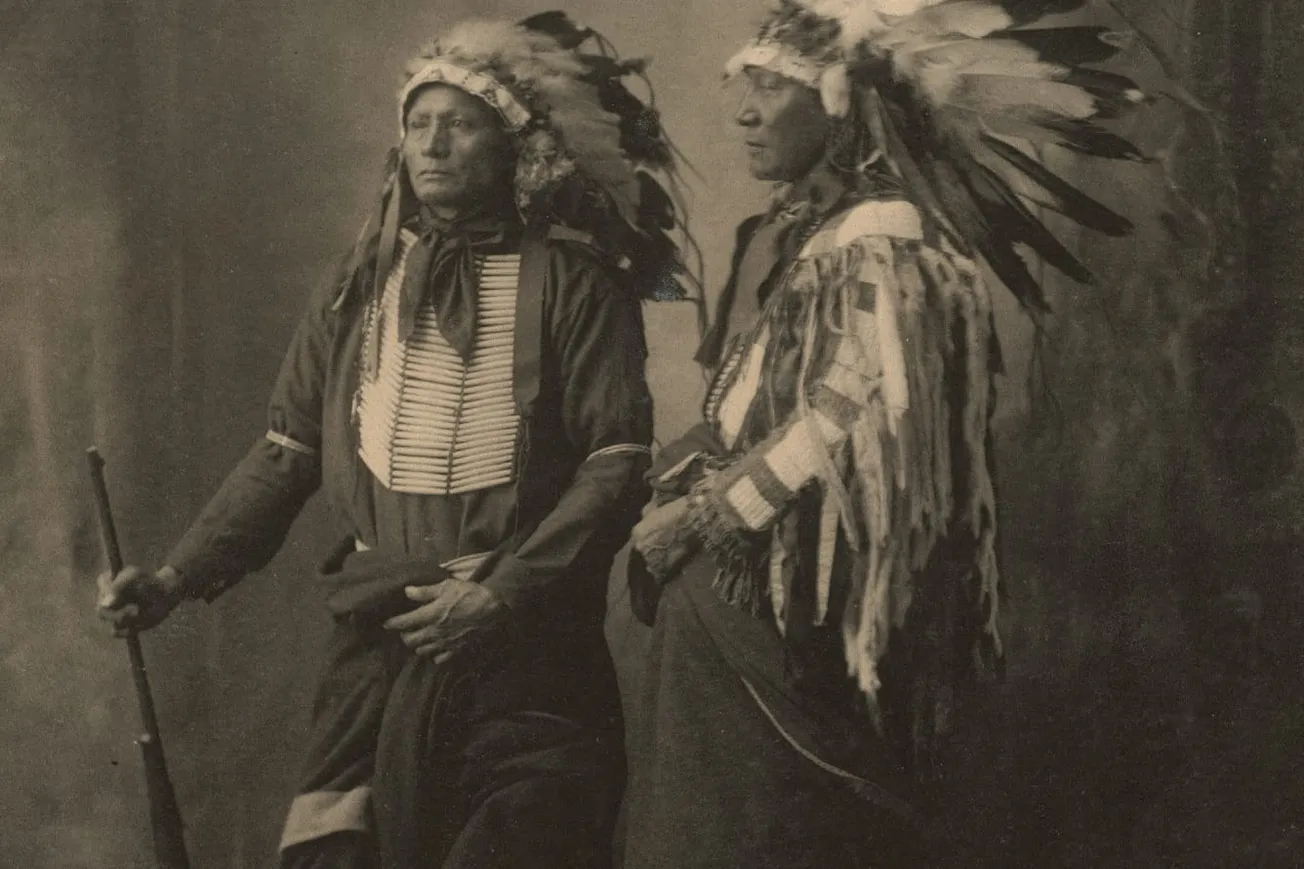EVERYTHING YOU THINK YOU KNOW ABOUT WILLIE HORTON IS BULL – PART TWO
Lee Atwater, George Bush Sr.’s 1988 campaign manager, is typically blamed for the “racist Willie Horton” campaign tactic, but the truth is, the Republican campaign followed the public emotion, and did not lead it. Atwater himself admitted the anti-crime-coddling intensity emerged via groundswell from the grassroots: “I have never seen an issue take on a life of its own like this issue.” Despite the media history revisionism (and Atwater’s subsequent apology), it was not directed by the Republicans from the jump.
As The Washington Post reported just before that election: “On July 4 [1988], Atwater said, he took a vacation to Luray, VA at a time when a group of motorcyclists was there. At dinner, he said, he overheard a conversation between two biker couples about the Reader’s Digest article. ‘It was obvious this issue had a life of its own,’ he said. ‘I kept talking to them about other things. There was zero interest in the Presidential race. But the Willie Horton thing kept sustained interest for 45 minutes.’”

Dukakis didn’t know it, Atwater didn’t know it — and not a single pundit to this day knows it — but the Massachusetts governor, sponsor of the furloughed killer William Horton, had already lost the presidency the moment the July 1988 issue hit subscribers’ mailboxes.
I was a senior editor at The Digest then, and I remember. Reader’s Digest was beneath the radar of the mainstream media and most of the political establishment. But thanks to that powerful little magazine, the vast majority of the American people were informed, took their measure of Michael Dukakis, and sank him in July 1988.
Dukakis was done three months before either the Bush campaign furlough ad or the third-party ad using Horton’s photo ran. Those limited-run TV ads were actually seen by very few voters at the time — less than 1% market share, according to The Washington Post. Instead, the ads live on in the media’s fevered “It’s Willie Horton Again!” pieces every election.
Democrats Chastened. They won’t admit this now, but after Dukakis went down to landslide defeat (8 point margin in the popular vote, 426 to 111 in the Electoral College), Democrats knew perfectly well they had been routed on the issue of crime. Their first and instant tactic was to pretend that any use of the Horton facts was “racist,” a gambit that continues to this day. Their second strategy was to (temporarily) go all law-and-order.
For a few years, afraid to provoke this level of voter punishment again, Democrat politicians cynically jumped on the “lock-’em-up-and-throw-away-the-key” bandwagon. Which explains the 1990 Biden quote at the top of this article about wanting to “lock Willie Horton up in jail,” Biden’s boast that his 1992 crime bill providing 53 death-penalty offenses did “everything but hang people for jaywalking,” the 1994 Clinton Crime Bill, Hillary Clinton’s “super-predators” smear, and so on.
As public radio’s “The Takeaway” reported in 2015:
The Willie Horton [issue] had implications that stretched far beyond the 1988 campaign season — it ultimately pushed a button of fear that marked the beginning of a “tough on crime” era, the consequences of which we are still grappling with today. “It had a tremendous impact,” says [Marshall Project editor Bill] Keller. “It taught Democrats that this was an issue where they had to be more Catholic than the Pope; tougher than tough. I think you can draw a line between the Willie Horton ad in 1988 and Bill Clinton’s tenure as president, who passed the 1994 crime act, which included nearly $10 billion for building more prisons, 100,000 more cops on the streets, and took away Pell education grants for prison inmates. He wasn’t exceptional — that law was actually drafted by a senator named Joe Biden.” The Willie Horton ad forced the Democratic Party to take a harder approach to crime — an approach that often pushed for the destruction of furlough programs, for longer sentences, and for the removal of educational opportunities for inmates.
The election paralyzed liberal “criminal justice reform” for decades. Due to “the lingering specter of Willie Horton,” as The New York Times put it seven years ago, “lawmakers are reluctant to campaign on a platform of letting felons out of prison.”
Well, now they’ve outgrown all that.
Democrats Revert. With Democrats’ reclaiming full national power in 2020 and capitalizing on their control of big cities — and forgetting the harsh political lessons they were taught by outraged voters over a generation ago — Democrats have eagerly returned to their criminal-coddling roots. True to form, they are letting felons out of prison. Proudly. And everywhere they rule.
They have implemented their favorite leftist soft-on-crime policies, like non-prosecution of offenses. They have commuted sentences. They have eliminated cash bail. They have saved their harshest rhetoric and punitive policies for police. To put it succinctly, Democrats have, in places they run, basically decriminalized crime.
And we see the result: public fear. To the left, that’s simply due to racist Republicans whipping up false emotion by manipulating voters’ “lizard brain” ignorance. But here’s the real reason people are afraid: criminals, unrestrained by conscience or law, have been set free to hurt them. (Just google “random attack” for dismaying examples.)
In 1988, Democrats had a “Willie Horton problem.” Their problem was: Willie Horton. In other words, the Democrats’ problem was the facts of the case, the truth of what actually happened in the real world — the horror — as a direct result of Democrat policies.
In 2022, the Democrats’ problem is the same as before, the predators they let out to prey on the innocent. But now, the Democrats have moved on and moved up. Their criminals aren’t rewarded with a mere weekend furlough — these days they get a forever furlough. These criminals own the streets — and virtually imprison the rest of us.
The results are utterly predictable. As is the voter response, coming November 8.
Diana Allocco was managing editor of The Limbaugh Letter for its entire 29-year run. Before that, she was senior staff editor at Reader's Digest.
Please share with anyone who would benefit from the tippinsights newsletter. Please direct them to the sign-up page at:
https://tippinsights.com/newsletter-sign-up/









